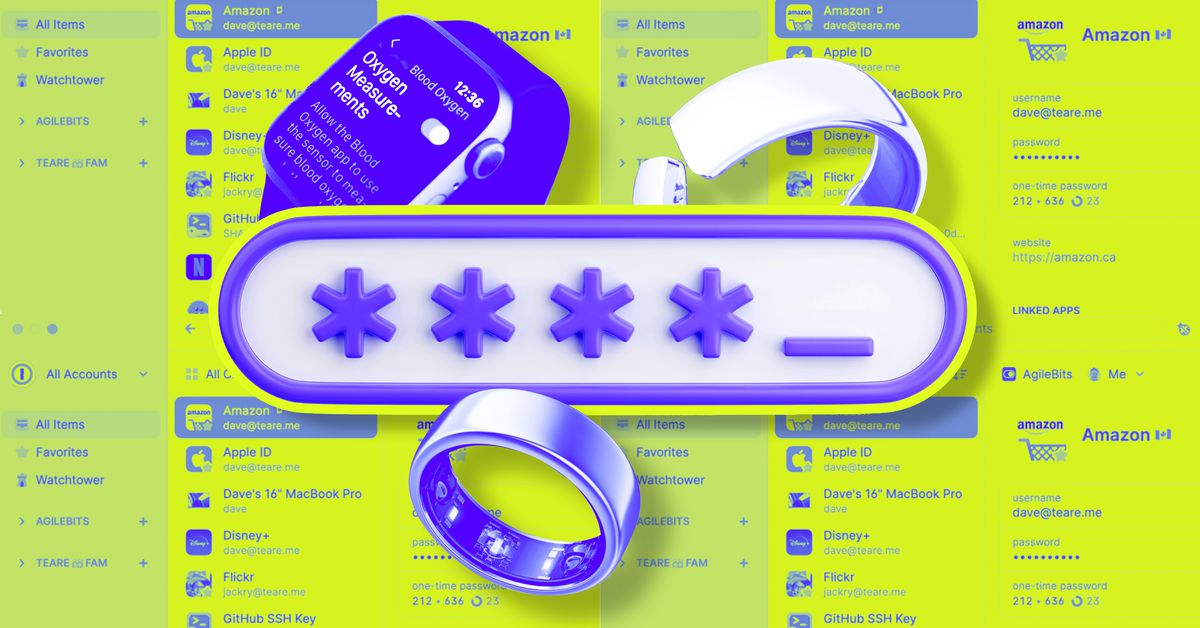- cross-posted to:
- news@lemmy.linuxuserspace.show
- cross-posted to:
- news@lemmy.linuxuserspace.show
Passkeys: how do they work? No, like, seriously. It’s clear that the industry is increasingly betting on passkeys as a replacement for passwords, a way to use the internet that is both more secure and more user-friendly. But for all that upside, it’s not always clear how we, the normal human users, are supposed to use passkeys. You’re telling me it’s just a thing… that lives on my phone? What if I lose my phone? What if you steal my phone?



I currently use Syncthing to keep my Keepass database updated on my phone, laptop, and home server. Any change anywhere is instantly sent directly to the other 2 devices.
Yeah, I do the same but with nextcloud.
How’d you get nextcloud actually working? I’ve tried a few times and it was never stable.
I use the ebuild on Gentoo, combined with some custom nginx config, and a dedicated php-fpm instance just for Nextcloud. Never tried using any of the Docker packages for it so I can’t comment on those.
Updates involve merging the new package and running webapp-config to link the files into place, running occ upgrade, and refreshing ownership of the php files. Never had a serious problem with it.
Does KeePass support passkeys?
KeePassXC is working on it but I haven’t seen anything about the original KeePass.
Can you use SyncThing along with Nextcloud? I currently use Nextcloud to store my data, but the one part where it still lags a bit behind is on Android specifically (you need to manually sync certain changes).
I don’t know anything about Nextcloud. Syncthing is open source, and there are a couple of Android apps. I use Syncthing Fork and don’t have any problems.
this is the way
you can even tweak folders to either send or receive only on some devices
plus if you really want to be safe you can set file versioning and ignore deletes on a folder to make it strictly backup on more than one device
no internet connection required, you can set it all on lan
I think it is my favorite open-source project after Torvalds’ creations